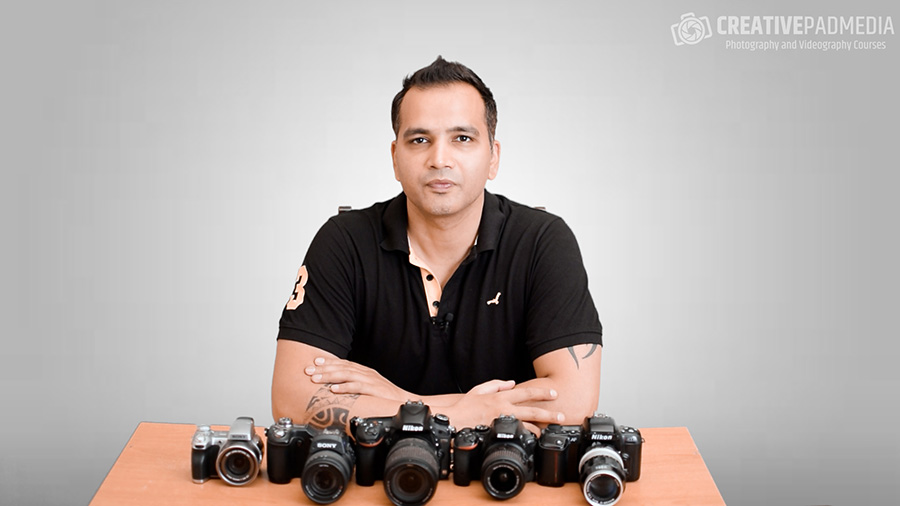Understanding IS/VR in Photography and Its Relationship with the Reciprocal Rule
IS (Image stabilisation)(Canon) and VR (Vibration Reduction)(Nikon) are optical systems used in DSLR lenses that help to stablize images when the camera experiences a shake in a handheld shot due to the movement of the hands.
The motion sensors detect the motion and the optical element in the lens move the image accordingly to counter the movement. Therefore in realtive terms, the image does not “shake” as the two movements cancel each other.
What’s more important however is the practical usage of IS/VR.
Since they reduce the imapct of camera shake, the first thing to remember is that you should ALWAYS leave IS/VR on when you are shooting hand-held, unless you are at very high shutter speeds, where you can afford to switch it off; though to be frank, it does not make much of a difference. So always leave it on.
Just make sure it’s off when you are on a tripod as that is one time where there is almost a guarantee that the camera won’t move. And if the motion sensors go off because of any tiny vibration which would not have made a difference to the picture, the IS/VR would fire unnecessarily, resulting in an avoidable shake.
So apart from reducing shake and thus making the photos sharper, how does IS/VR help you?
To understand this, you have to first get the hang of what a “stop” in photography means.
A stop refers to doubling or halving the light that is entering the camera.
For instance, the amount of light that enters the camera when your shutter speed is 1/60 f2.8 ISO 400 is half of the light that enters at 1/30 f2.8 ISO 400. Why? Because in the second case, you reduced the shutter speed to half of what it was in the first case, therefore the amount of light entering the camera doubled (other settings reamined the same).
So by going from 1/60 to 1/30 you increased the exposure by 1 stop.
Similarly if you increased the ISO from 400 to 800, you would increase the exposure by 1 stop.
So 1/60 f2.8 ISO800 would give you the same exposure as 1/30 f2.8 ISO400 because the one stop gained by lowering the shutter speed was cancelled by the one stop lost by halving the ISO.
Going from 1/30 to 1/15 would again result in a gain of one stop of exposure.
Now what’s the connection of all this with IS/VR?
By now you know about the reciprocal rule.
Let’s say we are shooting a wildlife shot of still bird at 400mm focal length. Ideally your shutter speed should be 1/400 (even more on crop sensor cameras, but that’s another matter). Even though the bird is not moving, we need to counter the movement of our hands.
1/400 SS would mean a heavy loss of light, so you would need to increase the ISO at some point for sure once you’ve got to the widest aperture.
This would mean a noisy shot.
This is where IS/VR come to your aid.
With the IS/VR on, you can afford to reduce the shutter speed and break the reciporcal rule as they give you extra stability.
Nikon and Canon claim that it will allow you to decrease shutter speed by four stops. But let’s be a little conservative and consider it to be three stops.
Since you can go down by three stops, you can now shoot this shot at a shutter speed of 1/50. How?
Let’s have a look:
1/400 to 1/200 = one stop
1/200 to 1/100 = one stop
1/100 to 1/50 = one stop
Since you could reduce the shutter speed by three stops than what the reciprocal rule allows, the final shutter speed you can use is 1/50 as shown above.
Imagine how much light you will save going from 1/400 to 1/50. This will allow you to go from an ISO of let’s say 6400 to 800. ( 6400 to 3200 to 1600 to 800 = 3 stops of ISO)
This would result in a much better and noise-free image. Even at 1/50 , the bird will remain a bird and not become a ‘blird’ ( blird, blurred..see what I did there…poor joke I know).
So how to remember all this the easy way?
Of course we all are not machines, so you don’t have to be so precise in your calculations.
In simple language, just make sure the IS/VR is on when you shoot hand-held and try shooting with shutter speeds that are lesser even when you are zoomed in. Just don’t go too low too, like 1/20 and below.
So you afford to not worry too much about the reciprocal rule.
If you find the shot lacks sharpness, increase the shutter speed a little.
Also, remember that IS/VR will only help you to counter your own hand’s movement, not the subject. If the subject is moving, you have to increase the shutter speed, depending upon how fast the movement is.
But when the subjects are relatiovely still and you are shooting in low light conditions, IS/VR will help you tremendously in keeping your ISO low and thus achieve clean shots.
I hope this article helped you.








